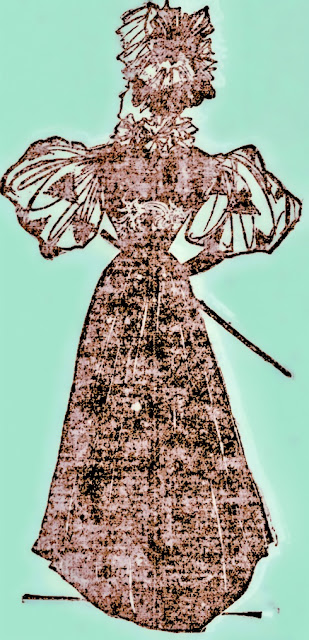The Art of Ending Conversations
Ending conversations can be tricky business. You don't want to appear rude, but it's time to get away.
Whether it's someone you love speaking with, or a conversation you'd rather not be having anyway - all things must come to an end.
Time to Hang Up
Phone conversations can be enjoyable, but there are times when they seem to drag on. At the next pause, tell the person on the other end of the line that you need to go.
End your call with the appropriate "thank you" or arrange a good time to call back. For a more casual conversation, "I'll call you later" is fine if you really intend to do so.
If there is no pause in the conversation and you just can't bring yourself to listen any longer, break in when it seems least rude and say something like, "I'm so sorry, I do want to have this conversation with you, but I really have to go. Can we talk later?"
This dialogue is usually enough to free you. But, as we all know, there are times when you may need to be firm with your request to speak at another time. Situations vary and, aside from crossing into rude territory, handle them as best, and as friendly, as you can.
Ending Conversations at Parties
You're doing your best to network like a pro. You've introduced yourself to someone with whom you're enjoying a pleasant exchange. Now it's time to move on around the room.
There are a few different ways to handle ending conversations like these.
Probably the most polite way is to find someone to leave your new acquaintance with. Bring another person into your conversation, make your introductions, then tell them, "I'll leave you two to discuss this further. Please excuse me. It was a pleasure to meet you, John and Cary."
You have done the good deed of helping your acquaintances network, and given yourself the exit you wanted. A win-win!
If the person you're speaking with reveals that she knows several people at the gathering, you don't have to feel badly about exercising the option of politely excusing yourself, and moving on. Leave with a comment about what you enjoyed in the conversation. "Jane, I enjoyed meeting you and hearing about your new project. Thank you."
And if you're speaking with someone who is attending for the purpose of networking, you might thank him for stopping to speak with you and encourage him (and yourself) to continue meeting other people. This actually gives you a common goal and something to follow up on later in the evening or, if you exchanged contact information, on another day.
If you're really having trouble getting away, it's always possible to get a word in edgewise, thank your acquaintance after she finishes a sentence, and say, "It's been great speaking with you, Lily, and maybe we can talk more later on." Extending your hand to shake hers flows easily into, "Would you please excuse me? I see someone I need to connect with."
When Out and About
You always run into someone you know when you least expect it. Unfortunately, it isn't always a good time for a lengthy chat.
Avoid rudeness and acknowledge those you know when you're out and about. But if you're on your way to an appointment, or would just like to go about your business alone, there's nothing wrong with keeping your encounter as brief as possible.
"Hi, it's good to see you," as you pass by is a good acknowledgement. If you have the time and the inclination, you could inquire about the person's family, work, or other common ground you share.
However, if the person you greet looks busy or is with someone else, and you could possibly be interrupting, it's probably best to stay with the shortest greeting above.
Keep it Friendly
Ending a conversation doesn't always come naturally if you're a chatty type. (I know!)
There's no need to fear offending anyone as long as you remain friendly, smiling, and genuine. You can mention looking forward to a next time.
One way to confirm your sincerity is to follow up with people. Whether you've just met and exchanged business cards or you've been friends for years, call or email them just to say it was good to see them. Being authentically social doesn't mean being long-winded!
Even if your conversation ended abruptly, making someone feel important can easily set things right. In an email you might let the person know that it was great seeing him, and you are so happy to learn that his business is going well. Extending your best wishes for continued success will always be a welcomed gesture.
Contributor, Candace Smith is a retired, national award-winning secondary school educator, Candace Smith teaches university students and professionals the soft skills of etiquette and protocol. She found these skills necessary in her own life after her husband received international recognition in 2002. Plunged into a new “normal” of travel and formal social gatherings with global leaders, she discovered how uncomfortable she was in many important social situations. After extensive training in etiquette and protocol, Candace realized a markedly increased confidence level in meeting and greeting and dining skills and was inspired to share these skills that will help others gain comfort and confidence in dining and networking situations. Learn more at http://www.candacesmithetiquette.com/
Etiquette Enthusiast, Maura J Graber, is the Site Editor for the Etiquipedia© Etiquette Encyclopedia

















